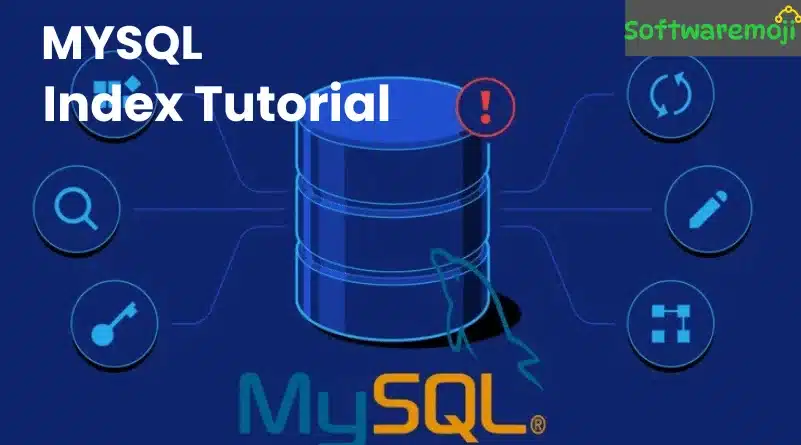
What is an Index in MySQL?
MySQL Index Tutorial :Indexes in MySQL are used to organize data efficiently, making it faster to retrieve records from large datasets. Think of an index as an alphabetical directory in a book, allowing quick lookups rather than scanning every page.
🔹 Why Use Indexes?
✔ Improve query performance and speed up searches. ✔ Reduce the number of rows MySQL has to scan. ✔ Optimize SELECT queries using WHERE and ORDER BY clauses. ✔ Minimize response time in large databases.
⚠ Note: Indexes speed up retrieval but can slow down INSERT, UPDATE, and DELETE operations due to maintenance overhead.
How to Create an Index in MySQL
MySQL Index Tutorial: Indexes can be added:
- At the time of table creation
- After the table has been created
🔹 Create an Index While Creating a Table
Example: Adding an index on full_names during table creation
✅ This adds an index on full_names, improving search queries that use this column.
🔹 Create an Index After Table Creation
If your table already exists and you want to add an index later:
✅ This will create an index on the title column in the movies table, making searches based on title faster.
How to View Indexes on a Table
MySQL Index Tutorial: To check all indexes in a table:
✅ This will display all indexes, including primary keys and foreign keys.
How to Drop an Index in MySQL
If an index is causing performance issues for frequent updates or inserts, you may need to remove it.
🔹 Syntax to Drop an Index
Example: Dropping an index on full_names
✅ This removes the index on full_names, reverting search performance to its original state.
Summary of MySQL Indexing
✔ MySQL Index Tutorial: Indexes speed up SELECT queries by reducing the number of rows scanned. ✔ You can create indexes at table creation or add them later. ✔ SHOW INDEXES helps you inspect existing indexes. ✔ Use DROP INDEX to remove unnecessary indexes and optimize performance.
Next Steps: Implement indexing strategies on your database and measure query performance improvements!
